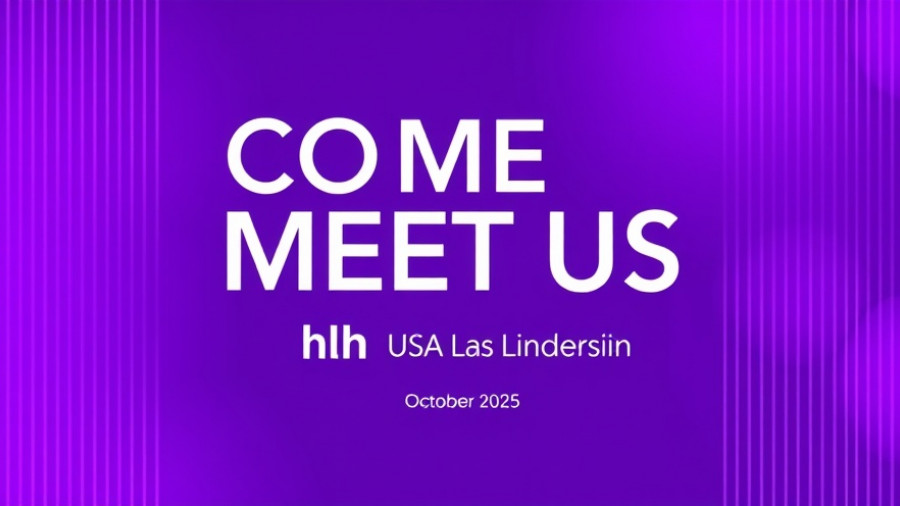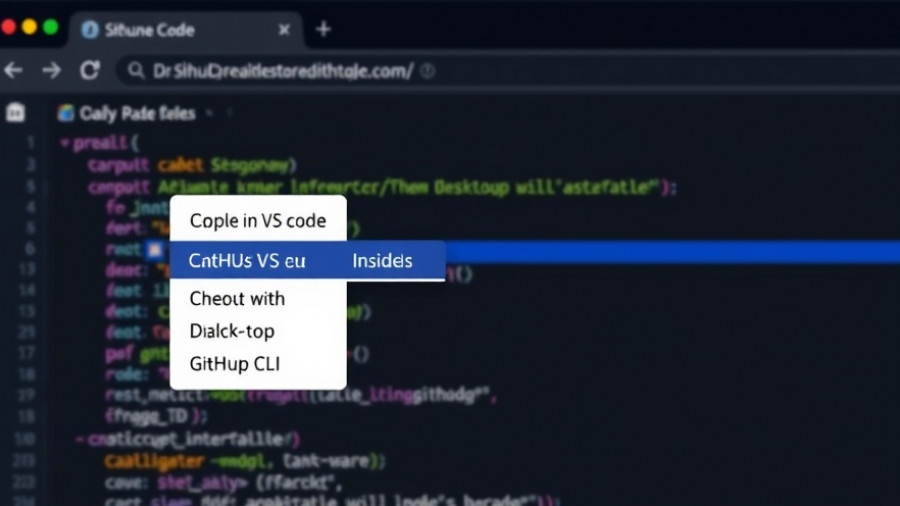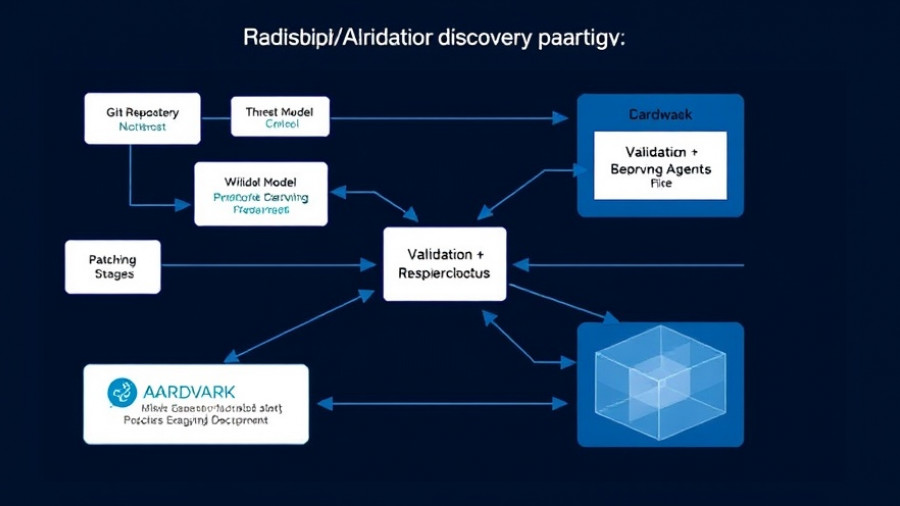
Revolutionizing Healthcare with Agentic AI
As the healthcare industry evolves, the integration of advanced technologies like artificial intelligence is helping streamline patient experiences and operational efficiencies. Take, for example, SoundHound AI’s upcoming showcase of its Amelia AI Agent platform at HLTH 2025. This event promises to illustrate how agentic AI is reshaping patient care and enhancing healthcare access. The potential of AI agents to facilitate seamless communication between patients and healthcare providers is becoming increasingly important, especially as demand for service continues to grow.
Understanding Agentic AI: A Breakthrough for Patient Care
Agentic AI refers to AI systems designed to take on specific tasks autonomously, making decisions and interacting with users rather than merely providing responses or assistance. SoundHound’s Amelia AI is a prime example of this technology, particularly as it empowers patients to manage their healthcare more effectively. During the live demonstrations at HLTH 2025, visitors will witness Amelia in action, showcasing its ability to assist patients in various ways, from reporting injuries and rescheduling appointments to requesting prescription refills in a single, fluid interaction.
Transformative Benefits of AI Agents in Healthcare
The benefits of leveraging AI agents like Amelia extend beyond just convenience; they also significantly impact patient satisfaction and operational efficiency. The AI's capacity to quickly understand and resolve multiple intents means patients can get answers without the hassle of waiting for staff assistance. SoundHound highlights its Member Benefits Agent AI Demo, which allows members to ask complex questions about their benefits and get real-time, clear answers. This clarity not only enhances user experience but also reduces the workload on human agents.
Real-World Impact: The Case Study with Guardant Health
One of the highlights of SoundHound's showcase will be a case study featuring Guardant Health. Their initiative demonstrates the positive impact of AI on operational effectiveness and revenue in precision medicine. The insights shared by Prasanth Salla and Sunny Nanda during the presentation could serve as a roadmap for other organizations looking to leverage AI agents for proactive engagement. This case study illustrates how AI can be directly tied to tangible business outcomes, providing a compelling reason for healthcare organizations to invest in such technology.
Future Trends in AI and Healthcare Interaction
As we look towards the future, the potential for AI to transform healthcare is immense. With the need for efficient and effective patient interaction growing, agentic AI stands to revolutionize the manner in which care is delivered. It's not just about convenience anymore; it's about creating a connection that feels human while maintaining the efficiency technology provides. The discussions at HLTH 2025 will likely highlight evolving consumer expectations in a post-pandemic world, with a focused lens on transparency, speed, and personalization.
Why This Matters: Bridging the Gap in Healthcare Access
The significance of platforms like Amelia becomes even clearer in light of current healthcare challenges. Long wait times and access issues continue to plague systems worldwide. The innovative solutions demonstrated at HLTH 2025 could play a key role in bridging these gaps, enabling more patients to receive timely care while ensuring that healthcare professionals are freed up to focus on complex tasks that require human intervention.
Your Takeaway from HLTH 2025: What Lies Ahead?
As the healthcare landscape continues to adopt artificial intelligence, events like HLTH 2025 are critical for industry professionals seeking to understand the advancements on the horizon. Engaging with new technologies can guide decision-makers on how best to implement these systems effectively into their practice. As agentic AI becomes mainstream, healthcare providers must prepare for the transformative shift it brings not only to patient interaction but to overall operational success.
 Add Row
Add Row  Add
Add 




Write A Comment